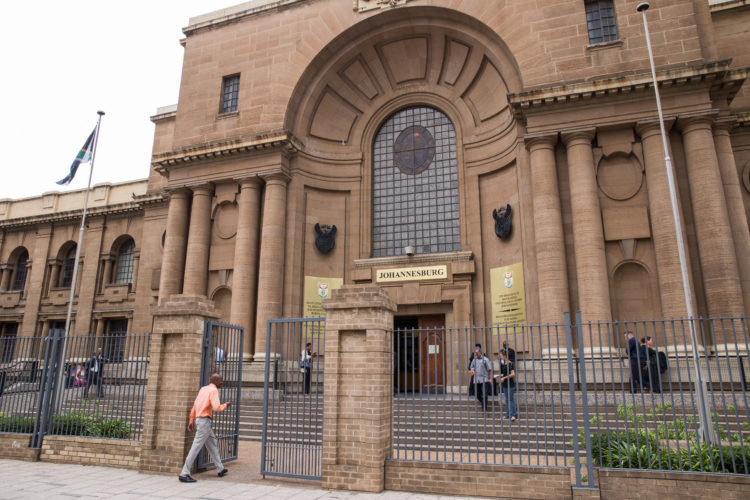By Tony O'Riley-
The High Court misunderstood the legal issues surrounding the case of proroguing Parliament and were rescued by the Supreme Court.
The case before the courts was to determine whether the issue was justiciable and whether the prime minister’s advice to suspend parliament was lawful. The detailed judgment of the High Court revealed that they judged their Lordships based their case on the fact the Queen has discretion to prorogue Parliament. The legal questions facing the courts was not about the Queen’s discretion, but the legality of the prime minister’s advice to the Queen. The Supreme Court chose not to address this question, satisfied in its main ruling that the decision to suspend parliament prevented it from performing its constitutional function of holding the government to account.
This key reasoning out to one side the discretion of the Queen or her powers and focused on the effect of the suspension of Parliament, unlike the detailed thinking of the High Court judges. High Court judges focused their reasoning that select Committees can continue with their investigations and direct inquiries to ministers, including written questions to them. This point still differs from the ability to holding the government to account by Mps which Supreme Court Judges focused their attention on. High Court judges ahs said:
”It has been customary for Parliament to go into recess for a period to coincide with party conferences, usually about three weeks. The House of Commons briefing paper on the Brexit Timeline (No 7960 13 August 2019) includes in its future timetable a period from midSeptember to early October for party conferences, but that would be a matter for decision by both Houses. Whilst standing adjourned or in recess the business of Parliament continues to some extent. In particular, select committees continue with their investigations and may direct inquiries to ministers and written questions may be asked of ministers.
”There are statutory references to prorogation other than in the Fixed-term Parliaments Act 2011. The Succession to the Crown Act 1707 was concerned with ensuring that Queen Anne would be succeeded on the throne by a Protestant. It expressly preserved the power of the Queen and her heirs and successors to prorogue Parliament. The Meeting of Parliament Act 1797 empowered the Monarch to foreshorten a period of prorogation by giving notice that Parliament should reassemble. The Prorogation Act 1867 was designed to simplify the way in which Parliament could be prorogued whilst Parliament was in recess, but did not apply to prorogation at the end of a session. All of these statutes recognise the power to prorogue.
”The Civil Contingencies Act 2004 by section 28 and the Reserve Forces Act 1996 by section 52(8) both make provision for prorogation to be curtailed in given circumstances. The Northern Ireland (Executive Formation etc) Act 2019 received Royal Assent on 24 July 2019. It is concerned with extending the period allowed for forming an Executive in Northern Ireland from 25 August 2019. Section 3 requires the Secretary of State, on or before 4 September 2019, to report to both Houses on progress towards the formation of an Executive; and make arrangements for motions in both Houses to be moved by ministers within five days of the report being laid.
”Those obligations continue to arise periodically thereafter. Section 3(4) provides that if it is impossible for ministers to move the motions because Parliament stands prorogued or adjourned, then Parliament should be summoned using the powers contained in The Meeting of Parliament Act 1797. This illustrates the undoubted power of the Crown in Parliament to legislate to ensure that Parliament sits, notwithstanding prorogation.

